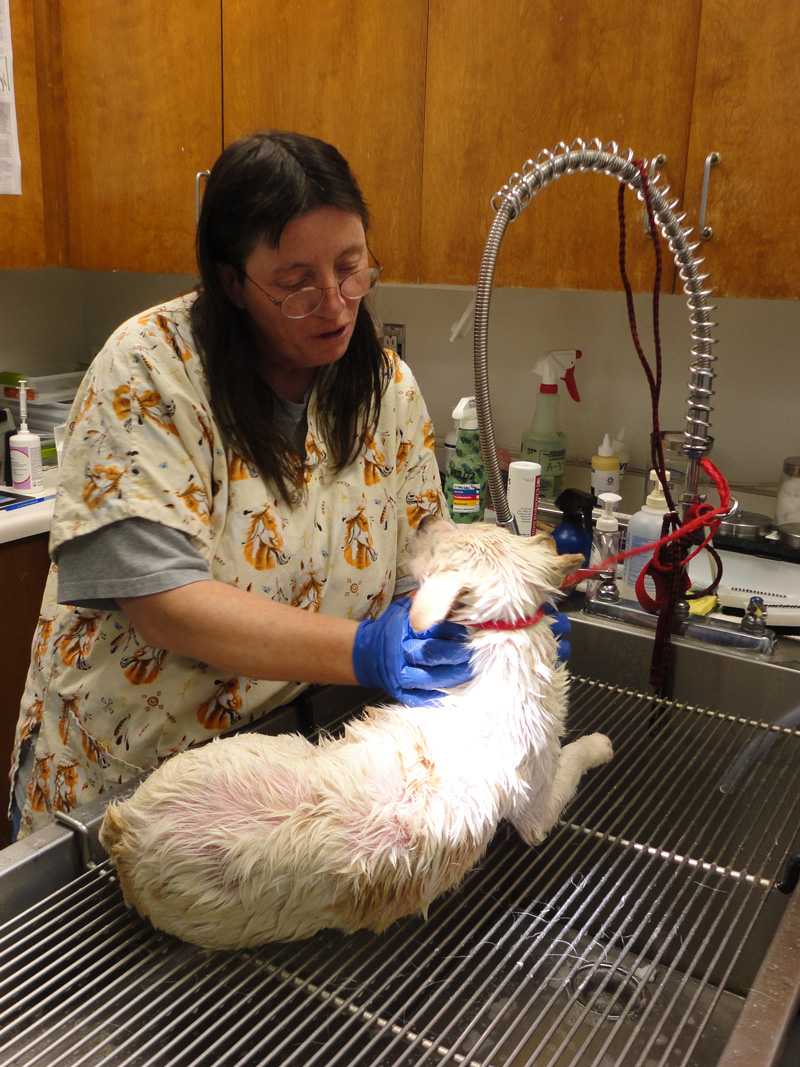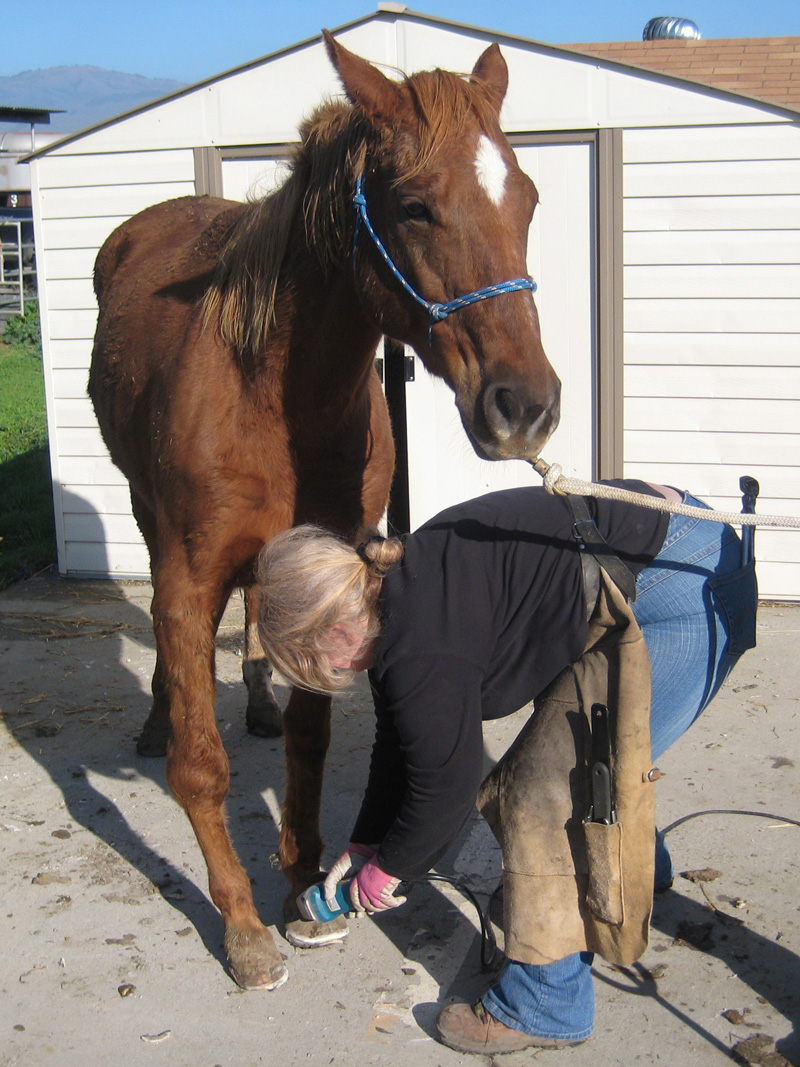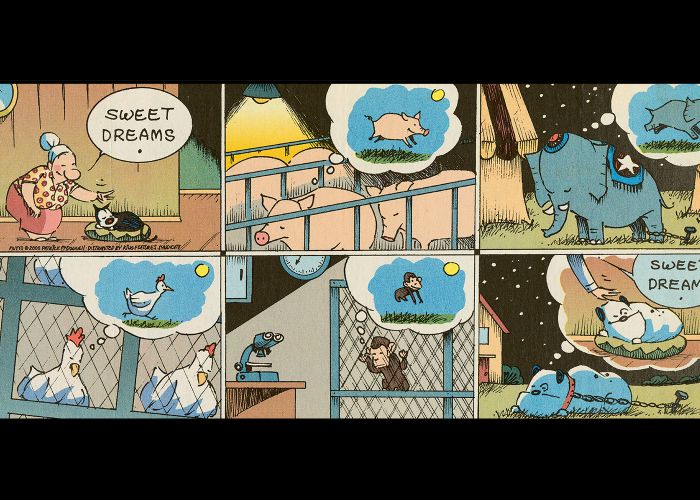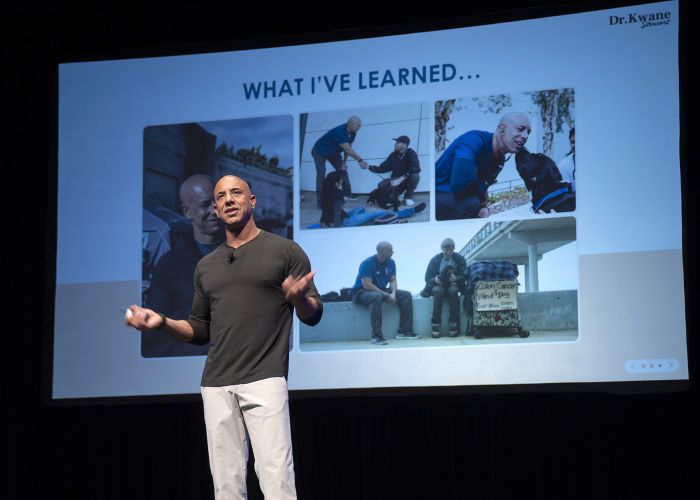Success in Santa Clara county
California shelter taps into the community to ‘get a lot done with very little’

If life were a poker game, you might say the County of Santa Clara Animal Shelter in San Martin, Calif., wasn’t exactly dealt a royal flush.
Built in the early 1970s, the shelter is described by those who run it as old and small. It has plumbing problems, electrical problems, and a leaky roof. The surgery area is small, the cat rooms have 2-by-2 cages that shelters typically don’t use anymore, and the building lacks good quarantine areas and the kennel drains that would help control the spread of disease. The facility uses residential laundry machines because it can’t support a commercial unit. The machines run for the whole day, often break down, and aren’t covered by warranty because their use by the shelter is considered a commercial application. “I’ve become an expert on the darn appliance repairs,” says Albert Escobar, the county’s animal control program manager.
The shelter serves the unincorporated portion of the county—a “pretty huge,” largely rural area that ’s home to about 100,000 people, notes shelter supervi - sor Brigid Wasson. Since the shelter serves farm country, it’s sometimes called upon to house lost or abandoned horses, goats, sheep, and chickens, and the large ranches and farms provide prime turf for cats to mate. “People have these explosions of kittens out on the farm. … Out here people are sort of used to having large numbers of cats, but they may not necessarily know about the resources for spaying and neutering,” Wasson says.
And the shelter faces what Escobar terms a “jurisdictional nightmare.” Within the county are incorporated towns that have their own shelters and fall outside the jurisdiction of the county’s animal care and control division. That creates some odd situations: The county shelter, which has four animal control officers and is located in the southern part of the county, serves areas that are 30 or 40 miles away, but located a stone’s throw from a city shelter. To further complicate matters, some cities have unincorporated pockets that are the county’s responsibility.
But despite getting some lousy cards, the county shelter hasn’t thrown them in and skulked away from the table. Instead, it’s parlayed its hand into an operation that’s saving lives in a big way. For 2011, the shelter—which takes in about 3,000 animals a year, split roughly equally between dogs and cats—placed 100 percent of its healthy animals, and the overall adoption and reclaim rate was 80 percent.
The shelter has enlisted donors who help cover shelter expenses, rescue groups that take difficult-to-place animals, and volunteers who help run the shelter and socialize dogs. “With the community’s involvement, I think we get a lot done with very little,” says Wasson.

Reaching Out
When Wasson arrived in 2008, the Santa Clara County shelter’s live release rate was hovering around 60 percent. “We had a few things going, but I started looking for things that could really improve” she says. “I think what really kicked it up a notch was engaging the community. … They wanted to help; they just didn’t know how. They were waiting for us to tell them what we need—whether it’s volunteer hours, whether it’s money, whether it’s providing a foster home. So we reached out to the community and invited them to help us, and they responded.”
The local newspaper, the Gilroy Dispatch, is a great ally for reaching the community, Wasson says. When the shelter needs foster homes or supplies, for example, she’ll call the editor to encourage the paper to run a story, explaining that it will help the shelter and also make for interesting reading.
The shelter gets donations to cover medical care for special-needs animals that it wouldn’t be able to afford otherwise. Donated funds also pay for food and supplement a low-cost spay/neuter program; the shelter has no clinic of its own, but it partners with 14 local veterinarians.
The shelter’s volunteer crew has mushroomed to about 50 people, and Wasson says it ’s now a challenge to keep it organized. She’s designated “senior volunteers” who help her manage things, making schedules and training new people. Volunteer s help keep kenneled dogs stimulated by taking them out for walks or playtime in the yard, and Escobar says they’ve been really helpful with socializing the animals to make them more adoptable.

Wasson has also focused on increasing adoptions for particular groups of animals, like Chihuahuas and other small dogs, by placing them through rescue groups or getting them out to pet fairs and adoption events at pet stores. Many potential adopters avoid shelters, finding them stressful and sad, Wasson says. “But if the dogs are at Petco or some other place, they’ll see them and they’ll adopt them.”
The shelter has started a number of other lifesaving initiatives in recent years. In 2009, it joined five other local animal welfare organizations to form the WeCARE Coalition, a working alliance that aims to end the euthanasia of healthy or treatable dogs and cat s in Santa Clara County by 2016. The coalition’s “Home for the Holidays” adoption event last December resulted in the placement of 1,128 animals, including 171 from the county shelter.
The coalition is applying for a $1 million grant from Maddie’s Fund, a charitable foundation that aims to reduce euthanasia. Each organization reports its intake, adoption, and euthanasia statistics. If the coalition meets certain lifesaving criteria and gets the $1 million, each member will be eligible for a part of it. “There’s no better way to incentivize people than with large amounts of money,” Wasson says.
Maddie’s gave the Santa Clara shelter a $20,000 grant in 2009 to start a return-to-owner program. The grant had to be approved by the county’s board of supervisors, and then the shelter had to hire a marketing firm—both of which were long processes, Wasson says. But the program has recently improved the shelter’s website and produced a rack card for local businesses and veterinarians’ offices that lists tips for people who have lost pets.

The RTO program is “kind of exciting for us,” Wasson says, “because we realized at some point that we were ignoring the obvious by just trying to place animals into new adoptive homes, when most of them actually already have an owner that we just haven’t located. … We’d rather find the original owner, and not make an assumption that they’re not looking, or they don’t care.”
The shelter essentially mirrors national averages, with only 20 percent of stray dogs and 2 percent of stray cats getting reclaimed. The RTO program is new and hasn’t produced results yet, but Wasson hopes it increases the reclaim rate and reduces intake by encouraging people toward preventative measures like ID tags and microchips. “Our big thing is, put some ID on this dog, and it won’t go to the shelter,” Escobar says. Donated funds helped the shelter buy scanners and laptop computers for its vehicles, he adds, and officers are instructed to take identified animals back to their home rather than to the shelter.
What really boosted the shelter’s live release rate up to 80 percent, Wasson explains, is the Barn Cat Spay /Neuter Outreach program aimed at eliminating those cat population explosions on farms.
Shelter staff discovered that rural landowners often didn’t know how to solve their stray and feral cat problems. People might trap two or three cats during mating season and bring them to the shelter, Wasson says, “but then there would be 20 other cats on the property that were still reproducing.” Dozens of properties in the county were producing 20 or 30 cats every year.

The shelter couldn’t tackle the problem on its own, but after obtaining permission from property owners, volunteers worked with them to trap and sterilize the cats. Healthy feral cats were returned to the properties after their spay/neuter surgeries, while the friendlier cats were put up for adoption. Participating veterinarians sterilize a feral cat for a $10 co-pay, but some volunteers consider even that fee a disincentive, so they’ll pick up the tab themselves. “We’ve had volunteers who have paid hundreds of dollars of their own money just to see this program successful,” Wasson says
The shelter had a 15 percent reduction in cat intake af ter one year of the program, and cat euthanasia fell by a whopping 65 percent.
Wasson says the key was getting the buy-in of the property owners. “You can’t make people accept the program,” she notes, but you can help people understand that if they fix their cats, there will be fewer cats around to, say, spray on the house or fight outside the bedroom window. Even people who were initially skeptical are now happy, she says, and they’re no longer calling the shelter to complain.
People will happily embrace solutions that are accessible and affordable, Wasson says—and tapping into people’s willingness to help animals has helped make the shelter in San Martin successful. “I’ve been in animal sheltering for 20 years now,” she says, “and I’ve always heard, ‘Oh, people are irresponsible. If only they would spay or neuter their animals, if only they’d do this.’ It’s like we’ve been putting the onus on the public, when actually the public, they have a desire to do the right thing as much as we do. They just either don’t know, or they don’t have the resources.”






